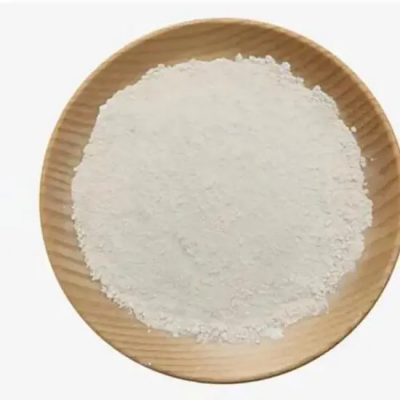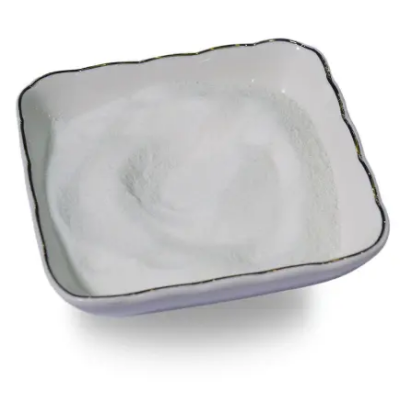1,3-Benzodioxole CAS:274-09-9
1,3-Benzodioxole is primarily used as an intermediate in the synthesis of various organic compounds. Its unique structure allows it to undergo diverse chemical reactions, such as electrophilic substitutions and nucleophilic additions. These reactions make it valuable for creating more complex molecules, particularly in medicinal chemistry. Researchers investigate derivatives of 1,3-benzodioxole for their potential pharmaceutical applications, including anti-inflammatory, analgesic, and antimicrobial properties. Compounds derived from 1,3-benzodioxole may serve as promising candidates for new drug development. In addition to its role in pharmaceuticals, 1,3-benzodioxole is utilized in the production of agrochemicals. The compound can be employed in formulating pesticides and herbicides, where its reactivity contributes to the effectiveness of these agents. By modifying the structure of 1,3-benzodioxole, chemists can develop compounds that target specific agricultural pests while minimizing environmental impact, aligning with the growing demand for sustainable agricultural practices. Moreover, 1,3-benzodioxole finds applications in the field of materials science. Its ability to participate in polymerization processes allows it to act as a monomer or cross-linking agent in producing various polymers and resins. These materials can exhibit desirable properties such as enhanced strength, flexibility, and thermal stability, making them suitable for coatings, adhesives, and composite materials used in industrial applications. Furthermore, 1,3-benzodioxole has shown potential as a ligand in coordination chemistry, where it can form complexes with metal ions. These metal complexes may have applications in catalysis and materials development, contributing to advancements in chemical processes and technologies. Overall, the multifunctionality of 1,3-benzodioxole underscores its significance in organic synthesis, pharmaceutical development, agrochemical formulation, and materials science, driving innovations across multiple scientific disciplines. Its diverse applications continue to expand as researchers explore new synthetic pathways and functional properties, enhancing its importance in contemporary chemistry.






| Composition | C8H6O2 |
| Assay | 99% |
| Appearance | white powder |
| CAS No. | 274-09-9 |
| Packing | Small and bulk |
| Shelf Life | 2 years |
| Storage | Store in cool and dry area |
| Certification | ISO. |









